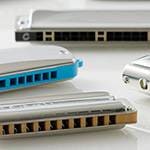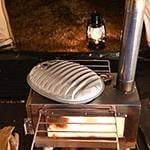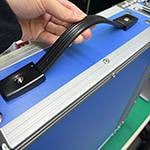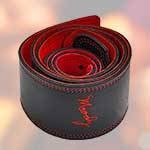The cable is a necessary accessory for musical instruments and audio equipment. The cable may look like it has a simple structure, but it actually is very complex. These days various kinds of cables are available to buy anywhere. For this post I am going to talk about cables and focus on the basic materials and for part 1 of this blog series, I am going to start with the ‘conductor’ that is used in the core wires of the cable.
Contents
The Structure of the Cable
Metals used in the Cable Core Wires (Conductor)
First, let’s look into the structure of the cable before talking about the cable materials.
● The Structure of the Cable
Here, I’m going to talk about the basic structure of audio cables. The cable mainly consists of three structures.
■ Conductor...core wires (inner conductor), metal wires used for outer conductor
■ Jacket (Sheath) ...outer jacket of the cable, outer jacket for the core wire
■ Insulator …insulating material that mainly covers the core wires (inner conductors)
The image below shows the cable cross section.
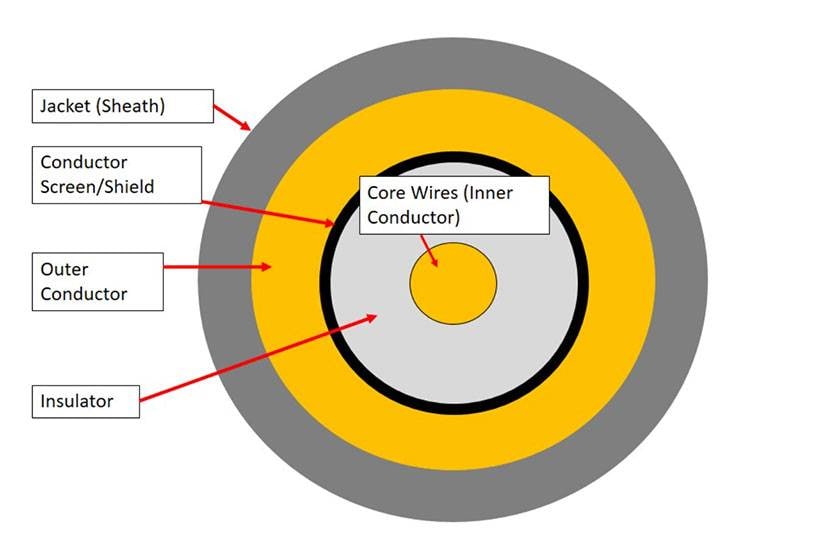
Now let’s take a look at a cable from the brand OYAIDE, the G-SPOT CABLE.
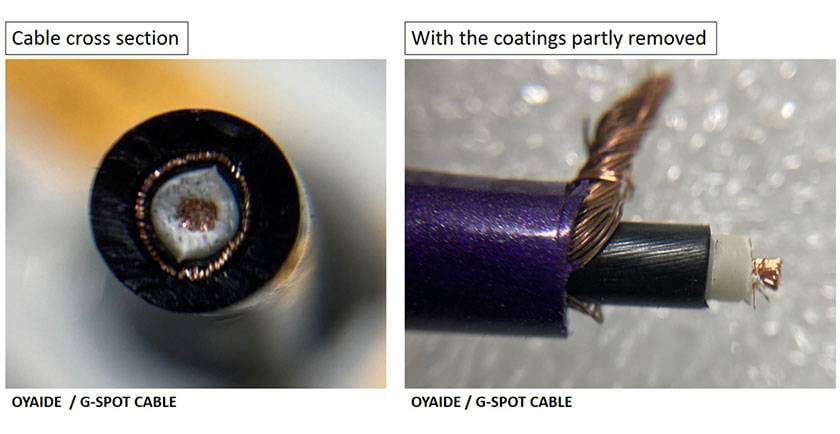
OYAIDE / G-SPOT CABLE
As shown in the picture above, the cable consists of metal wires and the insulator that covers these metal wires, and the structure is pretty simple. Now that we know the structure, let's move on to the main subject.
● Metals used in the Cable Core Wires (Conductor)
The metal that is used for most cable cores is copper.
Why is copper used for the core wires (conductor)?
There is a reason.
Simply put, copper is the most cost-effective material.
So what performance is required for the core wires (conductor) of the musical instrument and audio cables?
I think it’s simply, ‘good sound quality’ and ‘noiseless’.
However, regarding sound quality, it depends on your taste and application, so it’s difficult to define.
Let’s stop here for the introduction, and now let’s learn why copper is superior in terms of sound quality and noiseless performance.
Here, we are going to learn about the ‘conductivity’ of metal.
Conductivity is the measure of the ability to transfer electrical currents.
In other words, the higher the conductivity of the metal material, the smoother the signal transmission with less effects of the noise and the higher the sound resolution.
First, let’s compare the conductivity of copper with the main metal materials;
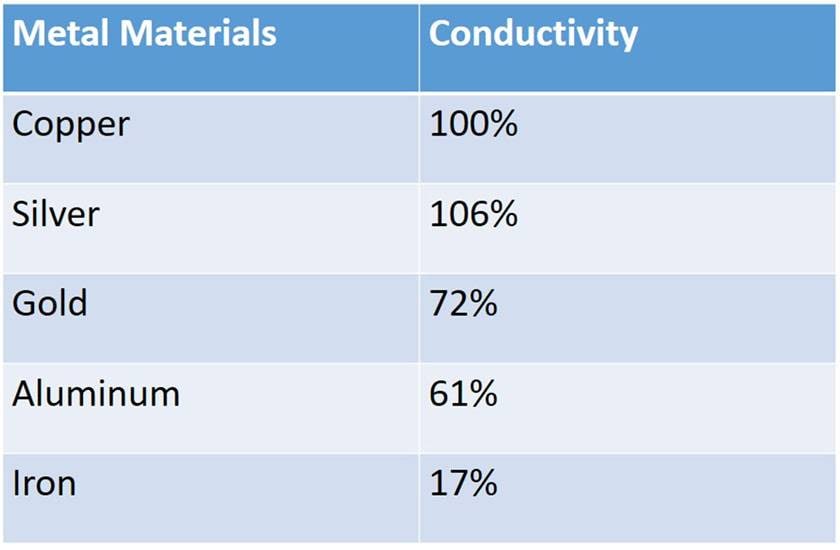
As the table shows above, since the conductivity of copper is 100%, silver is the only metal that has a higher conductivity than copper.
Gold has a higher conductivity than some metals, but it still is lower than copper.
Silver and gold are expensive because they are precious metals that are also used in jewelry. However, some high-end cables use silver.
Also, besides musical instruments and audio cables, the cables used for power transmission lines, which are made for long distances, use aluminum wires because they weigh less than copper.
We know now that copper is a suitable metal for conductors in cables.
However, there are too many different types of copper to only call it ‘copper’ in one word.
Copper can be more conductive with less impurities.
With the advent of advanced technologies such as electrorefining, even better quality copper called ‘oxygen-free copper (OFC)’ is now being produced.
OFC has become a standard material in the cable industry.
High-purity copper with a purity grade of 99.96% or higher is allowed to be defined as the OFC according to the Japanese Industrial Standards.
*Copper with lower purity is called ‘tough-pitch copper (TPC)’. OFC is more expensive than TPC.
This is a little off topic, but now there are more OFCs that are produced by the further advancement of technologies.
There are more types of copper that pursue ultra-high purity like ‘Hi-OFC’ that eliminates the obstacles to signal transmission with the OFC processing methods.
I mentioned that the purity of OFC is 99.96% or higher, but some of them are marked with ‘N’ that indicates how many 9’s the purity percentage has. OFC with ultra-high purity can be indicated with ‘N’ like ‘6N-OFC’.
Specifically, 6N-OFC stands for a purity of 99.9999% and is currently in practical use up to 8N.
For more details, please refer to the table below.
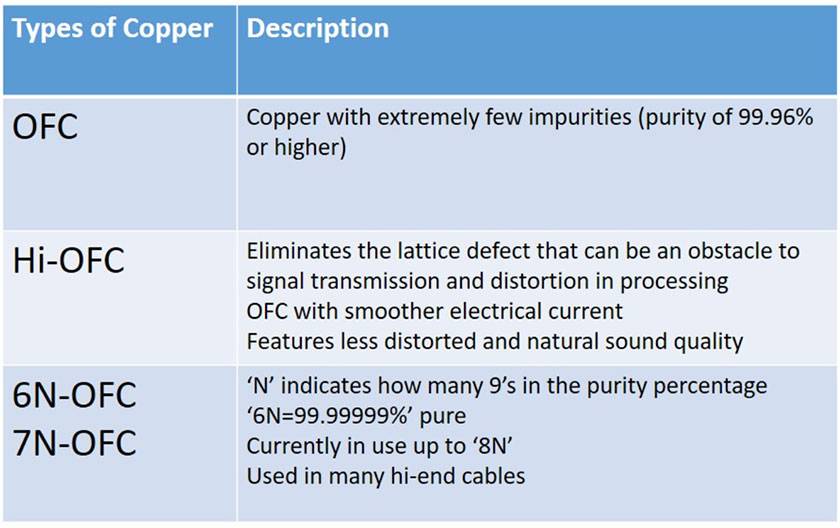
Most of the cables on the market use TPC or OFC conductors as has been mentioned earlier, and the hi-end cable models use Ag (silver) or OFC with high purity thanks to advanced processing technologies.
I have some cables that are currently available at Sound House. OYAIDE cables are famous for their conductors made by using their own high processing technology.
■ OFC Conductor
↓For Musical Instruments
CANARE / GS6
MOGAMI / 2524 Guitar Shielded Cable
↓For Speakers
Audio-Technica / AT-ES1100
■ Highly Processed OFC Conductor
↓For Musical Instruments
OYAIDE / QAC-222
↓For Microphones and Speakers
OYAIDE / PA-02 V2
↓For Speakers
OYAIDE / ACROSS 3000
This time, I talked about the materials used to make cable conductors. I’m sorry if there’s something I couldn’t explain well enough. I hope this article will help you to choose a cable in the future. In the next article, I am going to talk about cable coatings.





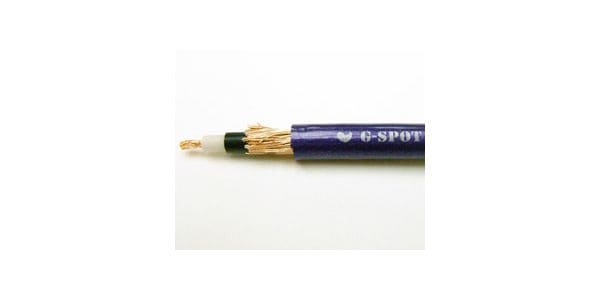
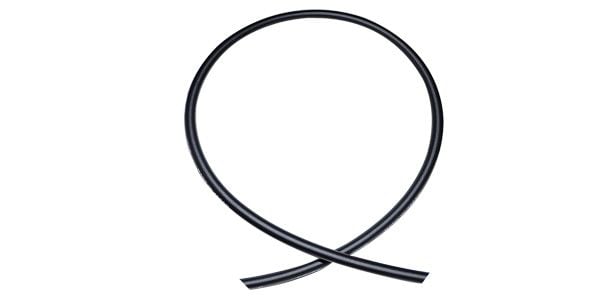
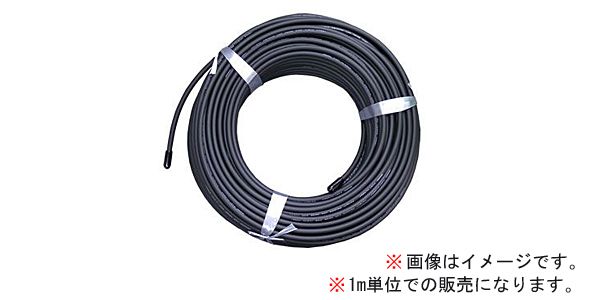
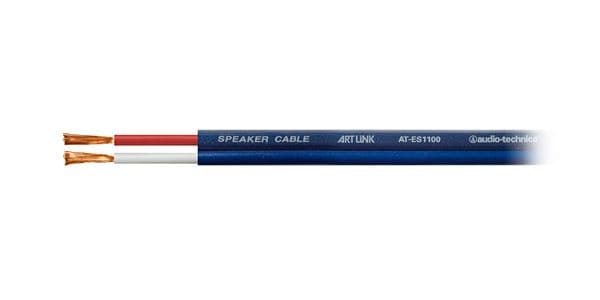
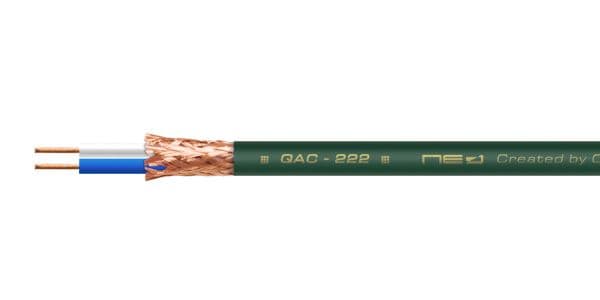
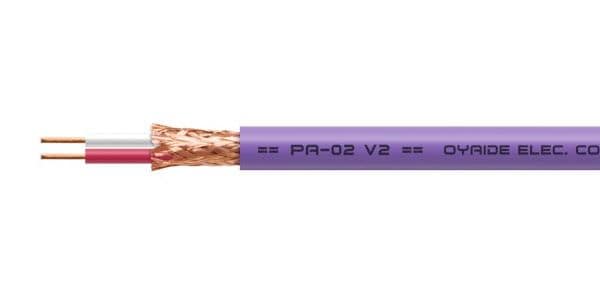
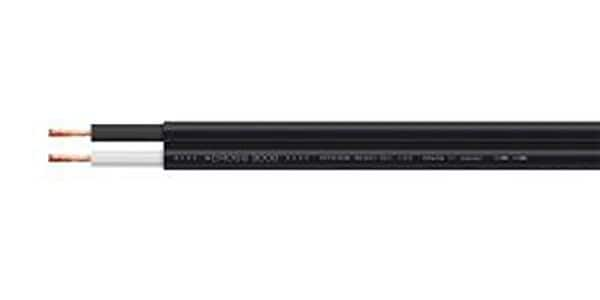







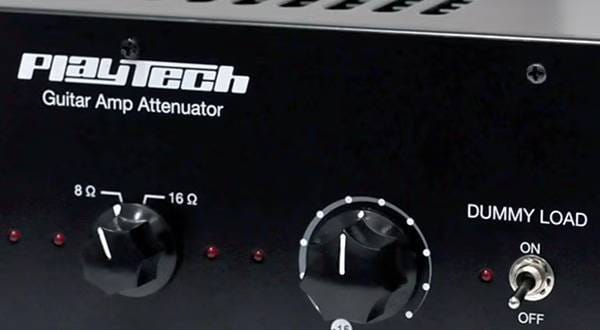


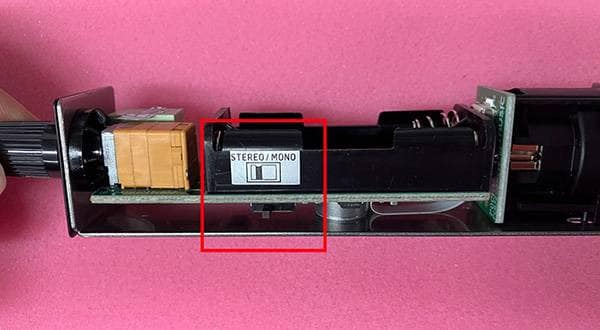

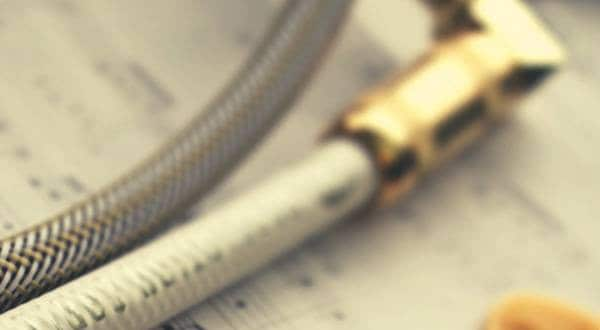
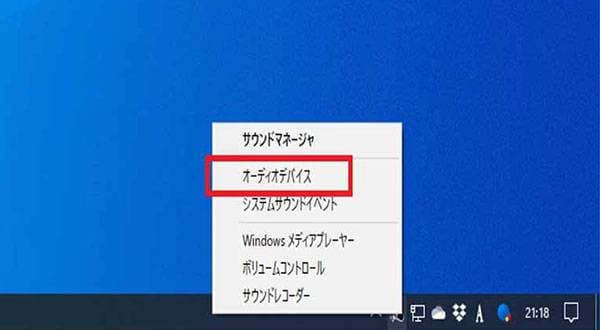
![[Latest for 2025!] Easy Beginner Speaker Cable Selection Guide + Recommended Popular Products!](/contents/uploads/thumbs/2/2019/8/20190809_2_7187_1.jpg)
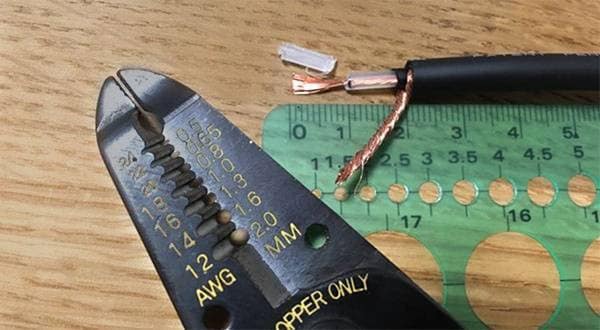
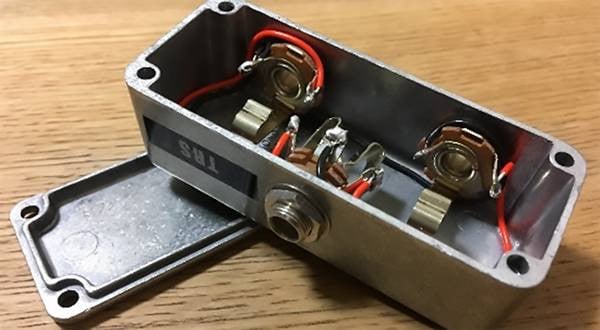
![[Beginner-Friendly] Part 5 - Pedalboard Gems: A Slightly Nerdy Effects Pedal Guide: Patch Cables](/contents/uploads/thumbs/2/2018/8/20180828_2_4020_1.jpg)
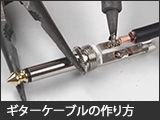 ギターケーブルの作り方
ギターケーブルの作り方
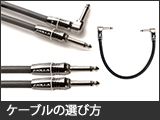 ケーブルの選び方
ケーブルの選び方
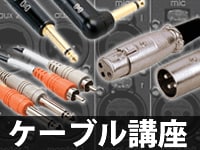 虎の巻 ケーブル講座
虎の巻 ケーブル講座
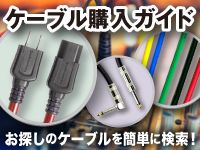 ケーブル購入ガイド
ケーブル購入ガイド
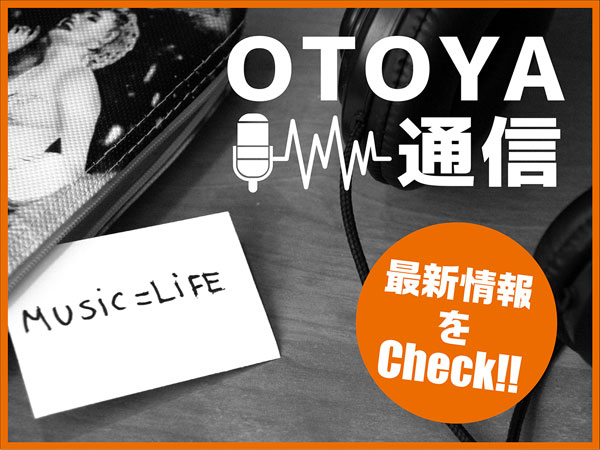 最新コラム&動画をCheck!! OTOYA通信
最新コラム&動画をCheck!! OTOYA通信
 サウンドハウス虎の巻 !
サウンドハウス虎の巻 !
